Dear Dot,
I’m a Harvard alum and a recent article in the Gazette indicated that organic food is no better than conventionally grown. What say you, Dot?
–David
The Short Answer: There are many factors that determine if organic food is “better.” If better means it gives shoppers food free of harmful pesticide residues, it comes from farms that aren’t releasing those chemicals into the environment, and it doesn’t expose workers to those chemicals, the answer is yes. When it comes to nutritional advantage, however, it depends on how the organic food is grown. Regenerative agriculture — an approach to organic food production that focuses on restoring soil health and carbon sequestration — is key to preserving nutrient density.
Dear David,
Dot, for one, would be sorely disappointed if I was paying a premium for organic food and got nothing for it. And I’m sure that the 40% of Americans who buy at least some organic food would agree. In Canada, it’s a whopping two thirds who “regularly” buy organic (and a shocking ¾ of Albertans)! But let’s recap the Harvard Gazette article you cited for the rest of our readers and then dig into the issues.
The article makes a couple of claims about organic food: 1) That according to a review of 237 studies, organic foods have not shown greater nutritional value than nonorganic foods, and 2) that according to a United States Department of Agriculture survey, chemical residues on nonorganic foods do not exceed the level that the Environmental Protection Agency deems safe for consumption. Chances are you’ve heard about the controversies surrounding RoundUp — numerous studies have linked exposure to the chemical glyphosate (found in RoundUp) with neurotoxic effects. And apparently, most of us have been exposed, because glyphosate has been found in 80 percent of U.S. urine samples. It’s worth noting, however, that there is a bit of disagreement around the health impacts of glyphosate exposure. EPA reports have called the chemical “unlikely to be carcinogenic to humans,” while the International Agency for Research on Cancer (IARC) has deemed it “probably carcinogenic to humans.” A review of both organizations’ research, however, found that the EPA relied primarily on unpublished studies commissioned by the companies that were applying for EPA product certification, while the IARC relied primarily on peer-reviewed studies. Put another way, David, the findings of the IARC stand up a bit better to scrutiny.
Further, Sam Knowlton, an agroecologist and founder of Soilsymbiotics, recently posted on social media that, while glyphosate arrived on the scene with promises of reduced herbicide application thanks to its weed control abilities, the opposite has become true — glyphosate applications increased 10x on US cropland within the first four years. “Its sustained overuse has led to the development of over 350 glyphosate-resistant ‘super-weeds,’ which cause an estimated $43 billion in crop damage each year.”
The Natural Resources Defense Council (NRDC), in its story Organic Agriculture Helps Solve Climate Change, notes that, “Studies show that the elimination of synthetic nitrogen fertilizers alone, as is required in organic systems, could lower direct global agricultural greenhouse gas emissions by about 20 percent.” It goes to report that, “A forty-year study conducted by the Rodale Institute also showed that organic farms use 45% less energy compared to conventional farms (while maintaining or even exceeding yields after a 5-year transition period.) Meanwhile, fumigant pesticides – commonly used on crops like strawberries and injected into soil – emit nitrous oxide (N2O), the most potent greenhouse gas.” Indeed, one of the most commonly used fumigant pesticides reportedly increases N2O emissions by 700-800%.
So, the muddled discourse on this topic leaves us with questions. Is it really okay to eat food with chemical residue on it that’s within the EPA’s tolerance range? And, to return to your question again, David: is organic really better than nonorganic?
The answer depends in large part on how we define the word “better.” By “better,” are we asking only if the food is more nutrient dense? Or are we also asking if it’s safer for agricultural workers? For the watershed? And are we thinking long-term about down-the-road impacts of specific farming practices, including carbon and nitrous oxide emissions? To complicate things further, “organic” food itself can be grown in various ways with different impacts. So let’s get into the weeds and figure this one out.
“[Nutrient value] is not based necessarily on whether or not it’s organic,” says Tim LaSalle, co-founder of the Center for Regenerative Agriculture & Resilient Systems at Chico State University in California. “It’s based on whether or not it’s regenerative.” Regenerative agriculture is an approach to food production that focuses on increasing carbon sequestration and restoring soil health. And healthier soil produces more nutrient-dense fruits and vegetables.
LaSalle confirmed that a lot of the organic food you find on the shelves of grocery stores won’t necessarily have higher nutrient value than its non-organic counterparts, because of a common practice employed in both nonorganic and organic farming in the U.S.: tillage. Tillage is a weed suppression technique that involves overturning the soil. The problem with tillage is that it breaks up the soil, damaging its biology and the micronutrients that would otherwise feed the plants.
“Organic food that’s not more nutrient dense than conventional food is likely because they are using a lot of tillage, or, in animal agriculture, they’re not following the grass-based requirements,” LaSalle says. He advocates for a shift to regenerative agriculture, which, among many benefits, would yield organic produce with its nutritional value intact.
“The regeneration of the soil means investing in the biology. And you can do that through proper grazing, reducing your tillage, and increasing plant species,” LaSalle says.
While regenerative agriculture is gaining momentum, it’s not yet widespread. So what’s a health-conscious shopper to do in the meantime?
While the organic food you find in big grocery stores isn’t likely to have a nutritional advantage over nonorganic, it is a way for you to avoid pesticide chemicals. I know that the Harvard Gazette article cited a study about nonorganic produce containing chemical residue within the EPA’s permitted levels. That makes it sound like it’s a perfectly safe amount to consume. But is it?
Something to note, LaSalle says, is that many studies and even government regulations are pushed forward and funded by the companies selling those chemicals. For instance, a report by Friends of the Earth found that Monsanto ghost wrote scientific papers on the safety of glyphosate. This report states that the EPA has raised the legal threshold for glyphosate residues on food nearly 300-fold since the 1990s. According to research, the EPA’s current residue tolerance levels protect consumers from acute toxicity but do not take into account long-term effects on overall health, fertility, etc. The scientific community has also raised concerns about children’s tolerance not being considered in the determination of acceptable residue levels. A 2017 study found that chlorpyrifos — a common pesticide — leads to developmental neurotoxicity in children and is not safe in any amount. Harvard has a few things to say about it as well, including noting that it’s harmful to an array of endangered species.
For these reasons, LaSalle says, it’s still worth it to buy organic food, even if the nutritional value isn’t necessarily superior to its nonorganic counterparts.
There are other benefits to buying organic beyond personal health reasons. “If you’re buying local organic, that means you’re keeping those toxins out of your air, out of your water,” LaSalle says. And you’re supporting food production that doesn’t expose farm workers to toxic chemicals. On top of all that, you’re minimizing carbon emissions by purchasing food that doesn’t have to travel far to reach you.
Ideally, David, I’d recommend purchasing organic food from a farm or a farmers market where you can talk to the farmers and learn about their practices. Keep in mind that, due to regulatory hurdles — certification is expensive, and farmers must wait three years for approval — not all sellers that offer organic produce will have the United States Department of Agriculture organic certification.
Second best, LaSalle says, is simply buying organic from any source. Which aisle you shop from in the grocery store also matters, LaSalle says. Processed organic food doesn’t have much nutritional value. While many foods are processed to some extent, highly processed foods, such as packaged snacks, candy, and frozen meals, lose many of their nutrients through high levels of heat, milling, or refining.
Unfortunately, because it is pricier than nonorganic food, organic food still isn’t accessible to all. “This gets to be a class-based issue, sadly,” LaSalle says. “A lot of the people on the lower economic spectrum are not going to be able to even consider organic food.”
For those who can’t afford to fully stock their kitchens with organic food, it might help to focus on “The Dirty Dozen.” This is a list of twelve foods that tend to have the most pesticide residues on them: apples, grapes, strawberries, peaches, pears, nectarines, cherries, blueberries, green beans, bell peppers and hot peppers, spinach and kale, collard and mustard greens. So if you’re only able to purchase some organic items, aim for any of these.
And push for systemic change, LaSalle says. He wants to see regenerative agriculture become the foundation of our food system. The Center for Regenerative Agriculture and Resilient Systems at Chico State, where LaSalle works, is pushing this vision forward by conducting research on the topic and working with Californian farmers to help them transition to regenerative farming. There are nonprofits and research institutions around the world contributing to this mission. Among these are Kiss the Ground, which spreads the word about regenerative agriculture through documentaries, educational resources, and policy advocacy, and The Carbon Underground, which connects leaders from various sectors — academia, businesses, government — to collaborate on shifting to regenerative agriculture.
But back to your original question, David, inspired by the two claims in the article you read — that organic food is not more nutritious and that conventional food meets safety standards for pesticide residue. Both those claims are indeed true, as far as Dot could discern. But they miss the larger benefits of organic and/or regenerative farming and food — which is about a healthier food system for all of us. Until that system becomes the norm, Dot recommends that all of us eat in a way that supports our values (and that matches our budgets).
Regeneratively,
Dot


